
Answers to questions we’re often asked
Do replacement windows pay for themselves?
A. The honest answer is, “Probably not.” Despite common claims to the contrary, the Environmental Protection Agency (EPA) EnergyStar program estimates that that when a U.S. homeowner replaces the home’s single-pane windows with double-pane windows (using EnergyStar-qualified replacements) the savings will range from $126 to $465 per year.
When it comes to residential apartment buildings, the cost of replacing about 20 windows can range from under $7,000 to $14,000 or more. For office buildings, due to the size of the windows, the building height, and location, the cost for replacing 20 windows would be greater.
The reason you should consider replacing your windows is that you definitely will save on energy costs. Moreover, your building or home will be more comfortable and less drafty. And of course, new windows will look much more attractive—especially if you live in an older home that still has its original windows.
New windows also may be much easier to clean. Many are designed to tilt in, so cleaning the outside glass is a snap.
What are the most popular window styles?
A. Double-hung windows, which permit both the top and bottom to open, are the most popular windows being sold right now. Other styles also remain popular. Here are the most requested types of windows today:
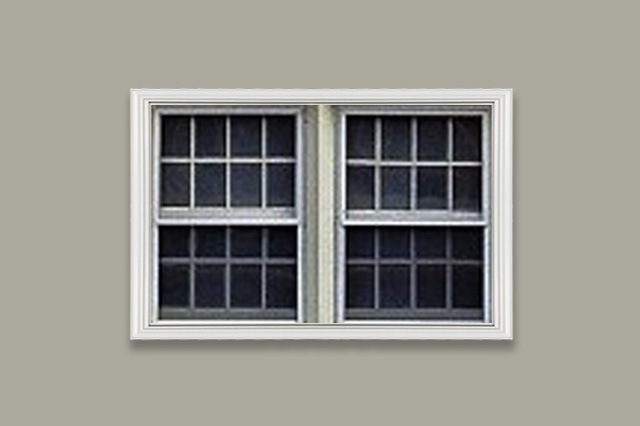
Double Hung
Double hung windows feature movable upper and lower sashes that tilt inward for easy cleaning.
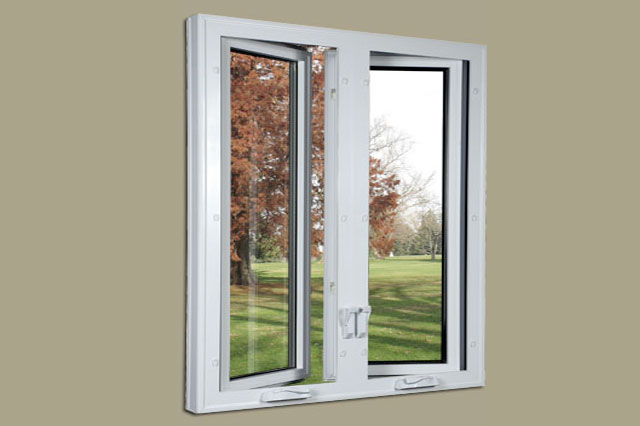
Casement
Casement Windows are hinged on the left or right and crank outward to a full 90-degree swing.
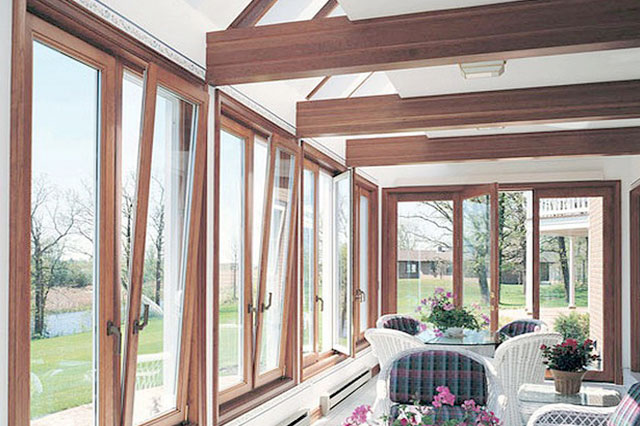
Tilt and Turn
Controlled by a single handle, these windows can turn in for easy washing. Otherwise, they can be opened slightly for ventilation.
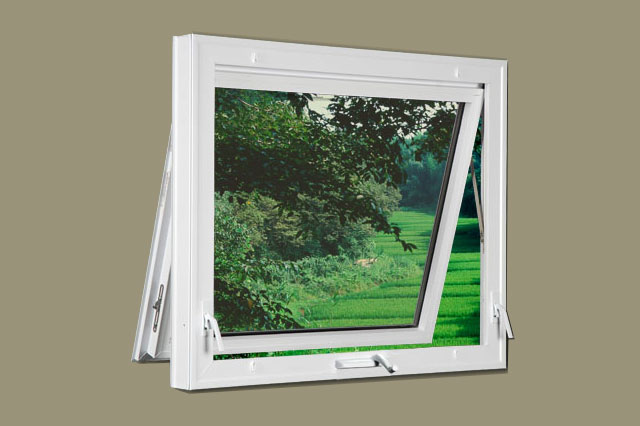
Awning
Awning windows are hinged at the top and crank from the bottom of the sash to open outward.
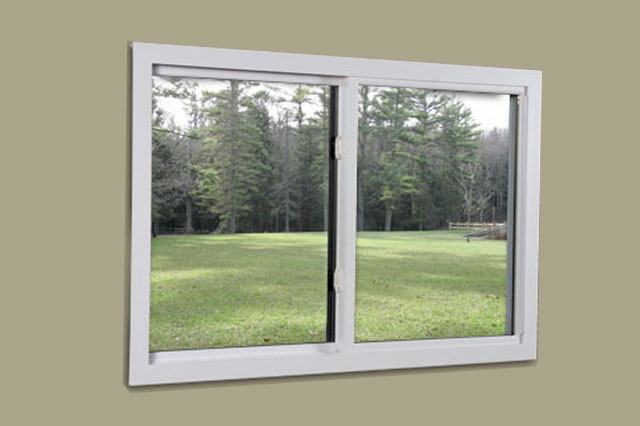
Slider
On slider windows, the sashes glide horizontally. Sliders are available in 2 or 3-lite configurations with the 3-lite slider having operable end vents.
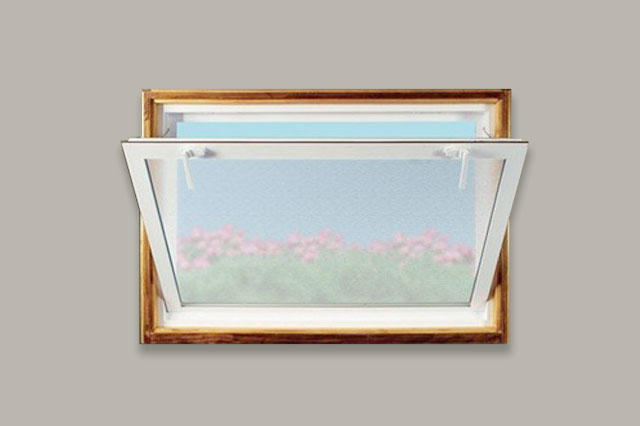
Basement
Basement windows open inward from the top and are typically installed in basement applications.
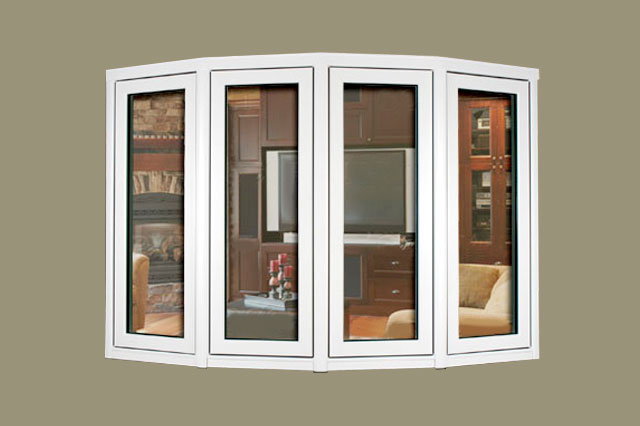
Bow
Bow windows consist of 3, 4 or 5 windows in a single frame. All of the windows are equal size and provide a circular arch appearance.
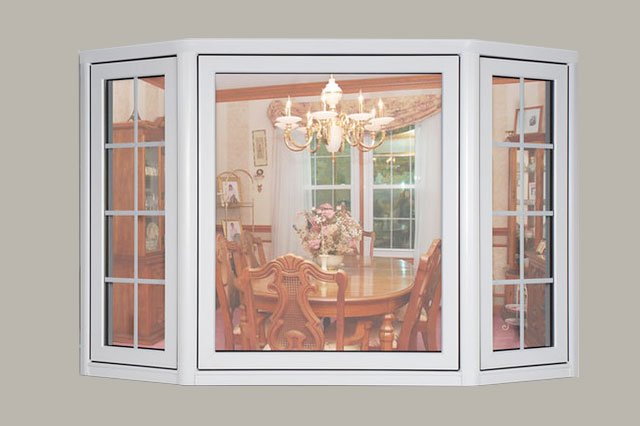
Bay
Bay windows consist of three windows in a single frame. The center lite is always twice as wide as the sidelites, which may consist of two operable casements or double hung windows.
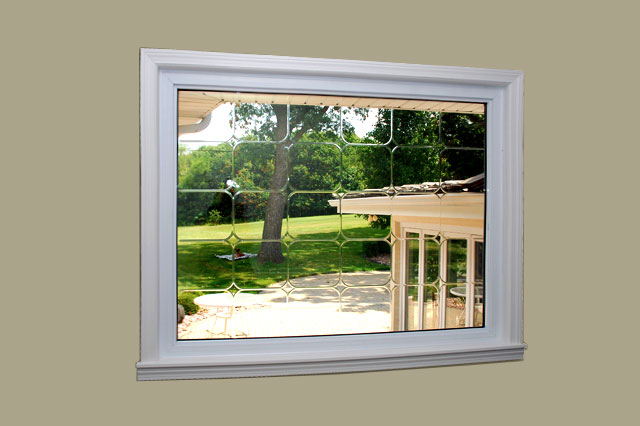
Picture
A Picture window is fixed and does not have a movable sash.
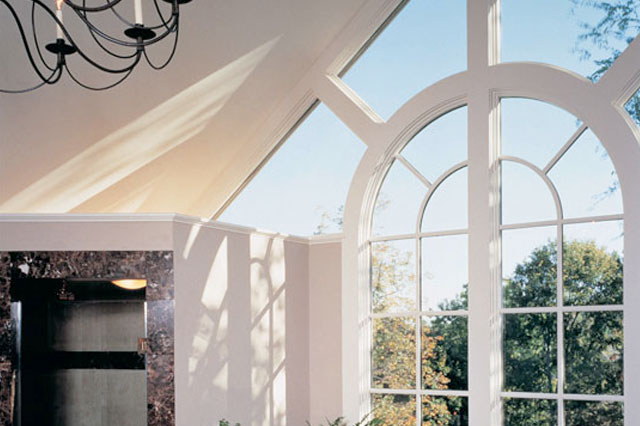
Specialty
Usually, special shapes, such as rounded, arched, or cathedral tops.
What’s the difference between sash replacement and brick-to-brick replacement?
A. A sash replacement means that the new window is placed within an existing, intact frame. Brick-to-brick involves going back to the brick and constructing a new frame.
Wooden frames generally last for many years. On rare occasions, we do find rotted wood. Usually, however, it’s not the window frames that are rotted. Rather, it’s the sills of windows that have housed air conditioners and have been subjected to years of moisture.
If your frames and trim are in good shape, sash replacement might make sense. It certainly will be less expensive than brick-to-brick replacement.
Wood used to be considered the only good choice for window replacement. Is that still the case?
A. Absolutely not. Vinyl has improved tremendously over the years, in terms of quality and appearance. Fiberglass and composite windows have become very popular for the same reasons. Vinyl windows remain about 30% less expensive than wood or fiberglass windows, and they’re easy to maintain; they never need to be painted. And they don’t rot.
Good vinyl windows also offer greater energy efficiency than do wood or aluminum windows.
Some homeowners only want wood windows in their homes, because of wood’s natural beauty and richness. Wood windows need to be painted and maintained, but they may also add resale value to your home.
